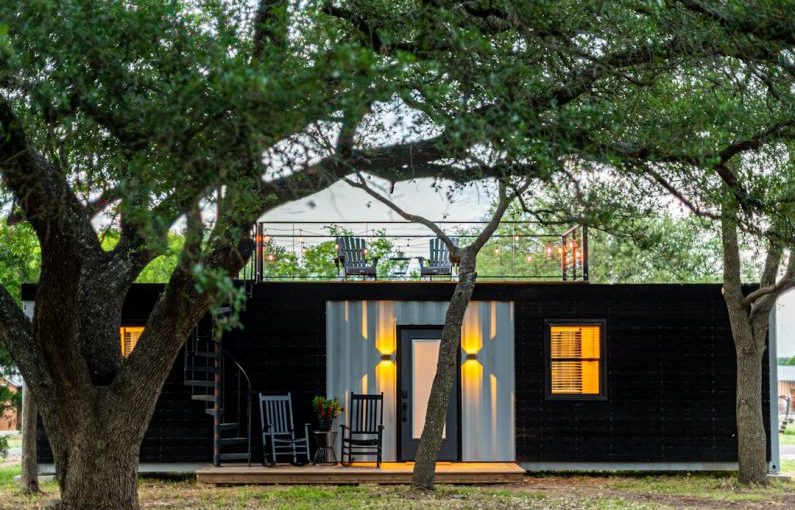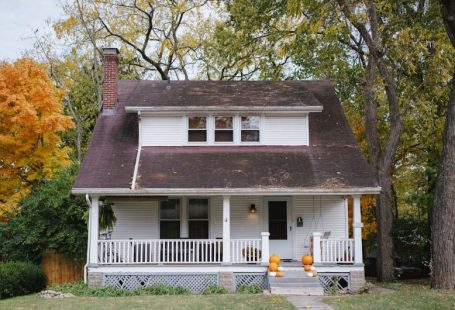In a world where minimalism and sustainability are becoming increasingly important, the rising popularity of tiny homes and micro-apartments comes as no surprise. These compact living spaces offer a unique solution to the challenges posed by urbanization, environmental concerns, and changing lifestyles. From reducing carbon footprints to promoting a more affordable and efficient way of living, tiny homes and micro-apartments are revolutionizing the way we think about housing.
Compact Living for a Sustainable Future
Tiny homes and micro-apartments are not just a passing trend; they represent a shift towards more sustainable living practices. With environmental issues at the forefront of global discussions, many people are turning to smaller living spaces as a way to reduce their carbon footprint. These compact homes require fewer resources to build and maintain, making them a more eco-friendly option compared to traditional larger homes. By embracing a minimalist lifestyle, residents of tiny homes and micro-apartments are contributing to a more sustainable future for generations to come.
Efficiency and Affordability
One of the main appeals of tiny homes and micro-apartments is their affordability. In a world where housing costs are skyrocketing, these compact living spaces offer a more budget-friendly alternative. With less square footage to heat, cool, and furnish, residents can save money on utility bills and maintenance costs. Additionally, the smaller size of these homes often means lower property taxes and insurance premiums, making them an attractive option for those looking to reduce their living expenses.
Furthermore, tiny homes and micro-apartments promote a more efficient use of space. Every square inch is carefully designed to maximize functionality and storage, allowing residents to live comfortably in a smaller footprint. This focus on efficiency not only reduces waste but also encourages a more organized and clutter-free lifestyle. By embracing the concept of “less is more,” residents can enjoy a simpler way of living that prioritizes quality over quantity.
Flexibility and Mobility
Another key benefit of tiny homes and micro-apartments is their flexibility and mobility. These compact living spaces are often designed with mobility in mind, allowing residents to easily relocate if needed. Whether it’s moving to a new city for a job opportunity or simply craving a change of scenery, tiny homeowners can take their homes with them wherever they go. This flexibility is especially appealing to those who value experiences over possessions and seek a more nomadic lifestyle.
Additionally, the compact size of these homes makes them ideal for urban environments where space is limited. Micro-apartments, in particular, are gaining popularity in densely populated cities where affordable housing is scarce. These small living spaces offer urban dwellers a convenient and cost-effective housing option that allows them to live closer to city centers and amenities. By embracing a compact lifestyle, residents can enjoy the benefits of city living without sacrificing space or breaking the bank.
Embracing a New Way of Living
In conclusion, the rising popularity of tiny homes and micro-apartments reflects a growing desire for a more sustainable, efficient, and flexible way of living. These compact living spaces offer a solution to the challenges posed by urbanization, environmental concerns, and changing lifestyles. By embracing minimalism and prioritizing quality over quantity, residents of tiny homes and micro-apartments are redefining the concept of home and paving the way for a more sustainable future.





